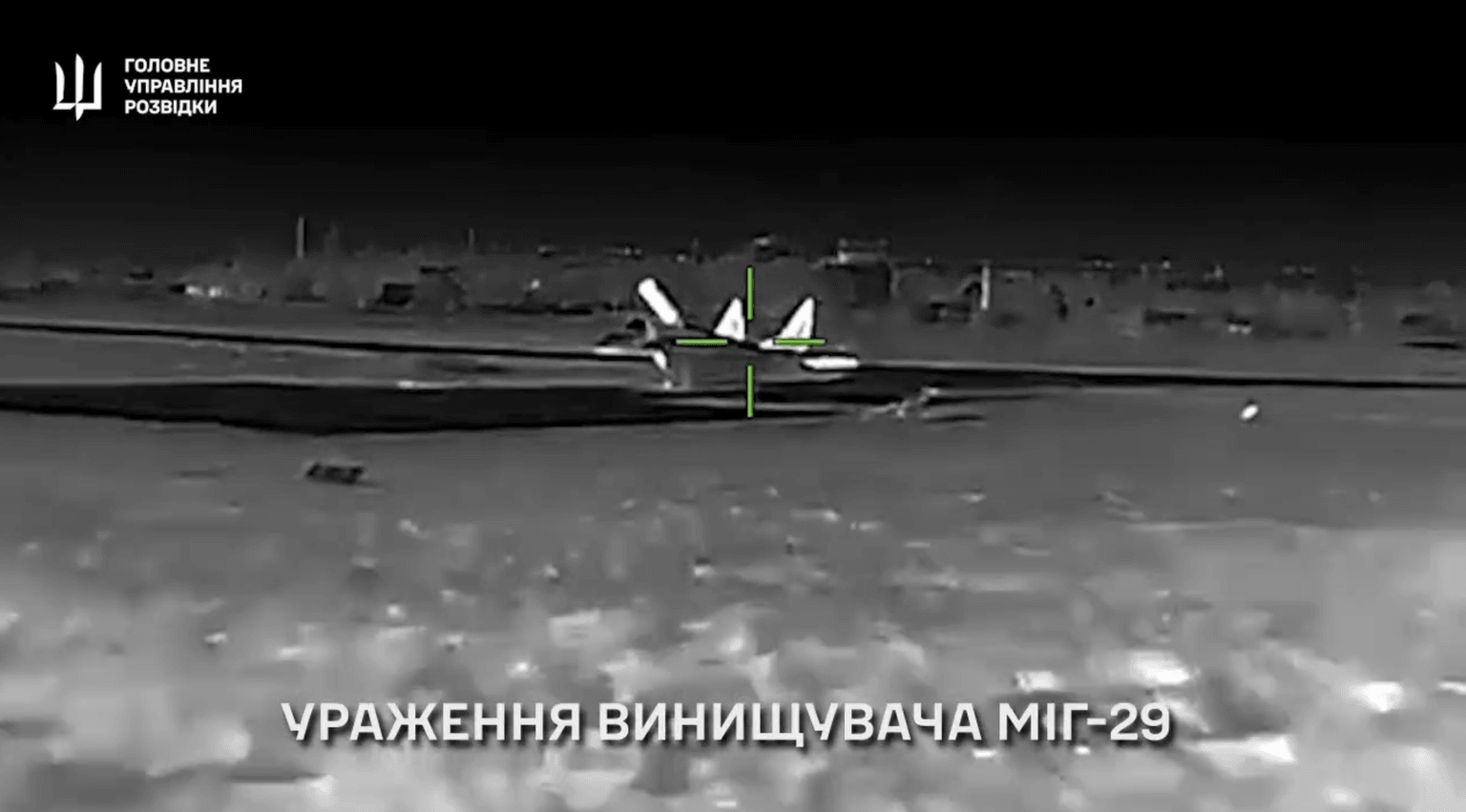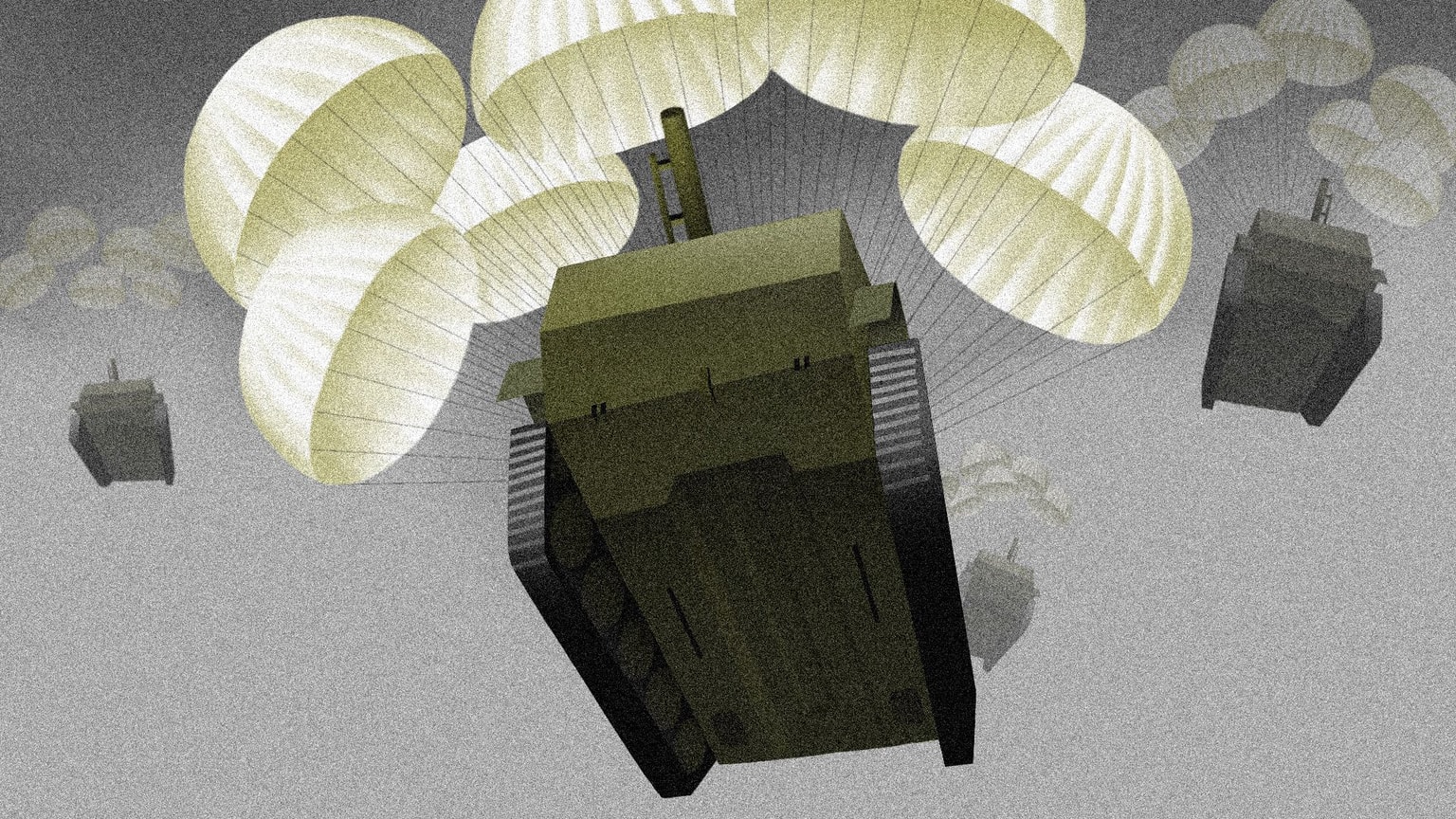Ukraine war latest: Russian troops push further in Kharkiv Oblast; nearly 6,000 people evacuated from region

Key developments on May 13:
- Governor: 5,900 people evacuated from Kharkiv Oblast amid Russian offensive
- General Staff: Russian forces 'partially succeed' near Lukiantsi in Kharkiv Oblast
- Construction of fortifications around Vovchansk was 'difficult,' official says
- Military: Ukraine downs Russian Ka-52 attack helicopter
- SBU drones attack oil depot, substation in 2 Russian regions overnight
At least 5,900 people have been evacuated from Kharkiv Oblast since Russian forces launched a new offensive in the region, Governor Oleh Syniehubov said during a press briefing in Kharkiv on May 13.
Russian troops launched a new wave of offensive actions on May 10, mainly focusing on borderline settlements in Kharkiv Oblast.
Syniehubov reported earlier that Ukrainian authorities planned to evacuate around 1,600 residents over the course of the day.
Up to 200 people remain in the city of Vovchansk, which has become a key target for Russian troops in recent days due to its proximity to the countries' shared border.
Syniehubov said urban combat is ongoing in the northern outskirts of Vovchansk, a Kyiv Independent journalist reported.
The General Staff of Ukraine's Armed Forces said earlier in the day that Russia had "tactical success" in the battle for the city.
Vovchansk, which had a population of almost 17,000 before the full-scale invasion, came under Russian occupation in February 2022. The town was liberated on Sept. 11, 2022, during Ukraine’s successful counteroffensive in Kharkiv Oblast.
Fortifications in the area were built and strengthened after the town was liberated, "but the situation was and is extremely difficult" due to the close proximity of Vovchansk to the Russian border and constant shellings, according to authorities.
The construction of fortifications was "perhaps not so tight," Tamaz Gambarashvili, the head of Vovchansk City Military Administration, said on May 13.
General Staff: Russian forces 'partially succeed' near Lukiantsi in Kharkiv Oblast
Russian forces have "partially succeeded" near the village of Lukiantsi in Kharkiv Oblast as its offensive in the region continues, Ukraine's General Staff reported on May 13.
Russia launched a new offensive in Kharkiv Oblast on May 10. Lukiantsi is located nearly 5 kilometers (3 miles) from the Ukrainian-Russian state border, as well as the city of Vovchansk, which has become a key target of Russian troops in recent days.
Russian forces are "partially succeeding" in displacing Ukrainian units from their positions near Lukiantsi as of 3 p.m. local time, the General Staff reported.

According to the report, the Russian military's advance was stopped while Ukrainian forces were carrying out counteroffensive actions. As of 5 p.m. local time, 12 armed clashes have occurred.
"Our units liquidated the enemy, pushed them back, and are sweeping on the northern outskirts of the settlement of Vovchansk," the report read.
Vovchansk, which had a population of almost 17,000 before the full-scale invasion, came under Russian occupation in February 2022. The town was liberated on Sept. 11, 2022, during Ukraine's successful counteroffensive in Kharkiv Oblast.
Construction of fortifications around Vovchansk was 'difficult,' official says
The construction of fortifications around the border town of Vovchansk in Kharkiv Oblast was "difficult" due to constant Russian shelling, Tamaz Gambarashvili, the head of Vovchansk City Military Administration, told Radio Svoboda on May 13.
Vovchansk, situated less than 5 kilometers (3 miles) from the Russian border, is currently a key focus of Russia's renewed push into Kharkiv Oblast.
Russia launched the offensive operation on May 10 after carrying out intense aerial strikes in the direction of Vovchansk on May 9.
Ukraine's General Staff said in a statement early on May 13 that Russia has "tactical success" in the fight for Vovchansk.
Fortifications in the area were built and strengthened after the town was liberated from Russian occupation in September 2022, "but the situation was and is extremely difficult" due to the close proximity of Vovchansk to the Russian border, Gambarashvili said.
"Vovchansk has been under constant shelling for a year and a half after deoccupation," which made it difficult to carry out construction work, Gambarashvili said. "It is very dangerous to work under shelling."
The construction of fortifications was "perhaps not so tight," Gambarashvili added.
Vovchansk, which had a population of almost 17,000 before the full-scale invasion, came under Russian occupation in February 2022. The town was liberated on Sept. 11, 2022, during Ukraine’s successful counteroffensive in Kharkiv Oblast.
President Volodymyr Zelensky told the Kyiv Independent during a press conference in December 2023 that the most powerful fortifications had been constructed in Kharkiv Oblast.
Military: Ukraine downs Russian Ka-52 attack helicopter
Ukrainian forces shot down a Russian Ka-52 Alligator attack helicopter on May 13, the 47th Mechanized Brigade reported.
Soldiers did not specify where the downing occurred, but the brigade is currently operating in the Pokrovsk direction in Donetsk Oblast.
The Ka-52 Alligator is an updated twin-seat variant of Russia's Ka-50 attack helicopter designed to destroy enemy armored and unarmored ground targets, tanks, low-speed aerial targets, and personnel, according to the Airforce Technology website.
The helicopter has an estimated price tag of around $16 million.
Russia's total losses during the all-out war amount to about 675 aircraft — 350 planes and 325 helicopters, according to Ukraine's General Staff. If confirmed, the Ka-52 will make it 326 helicopters.
The General Staff's figure could not be independently verified.
Over the past two weeks, Ukraine claimed to have shot down two Su-25 fighter jets.
SBU drones attack oil depot, substation in 2 Russian regions overnight
A source in Ukraine's security services told the Kyiv Independent that drones operated by the Security Service of Ukraine (SBU) targeted an oil depot in Belgorod Oblast and an electrical substation in Lipetsk Oblast in Russia overnight on May 13.
SBU drones were behind the attack on the Eletskaya substation in Lipetsk Oblast, where a fire was reported by local Russian authorities, the source said.
The substation reportedly powers the Russian railroad, the Stanovaya oil pumping station, and ensures transit between the Lipetsk, Orel, and Bryansk power systems.
The Oskolneftsnabzhenie oil depot near the city of Stary Oskol in Belgorod Oblast also came under attack, the source said, without specifying the consequences.
"Russian oil industry that supplies Russia's war effort against Ukraine will remain a legitimate target for the SBU," the source said.
Ukraine's military intelligence agency (HUR) claimed on May 13 it was behind the attack on the oil refinery in Volgograd. The Kaluganefteprodukt oil depot and the Novolipetsk metallurgical plant were also reportedly struck by drones.
Two days before, the Security Service of Ukraine (SBU) attacked an oil refinery, Gazprom Neftekhim Salavat, in the Republic of Bashkortostan, and two oil depots in Krasnodar Krai, according to the Kyiv Independent's source.
Strikes against Russian energy targets have prompted criticism from U.S. officials, who have made it clear that Washington does not support Ukraine's attacks on oil refineries, citing fears that it could threaten the global energy market.
In response, President Volodymyr Zelensky said that Kyiv has the right to use its own weapons to strike deep inside Russia.











